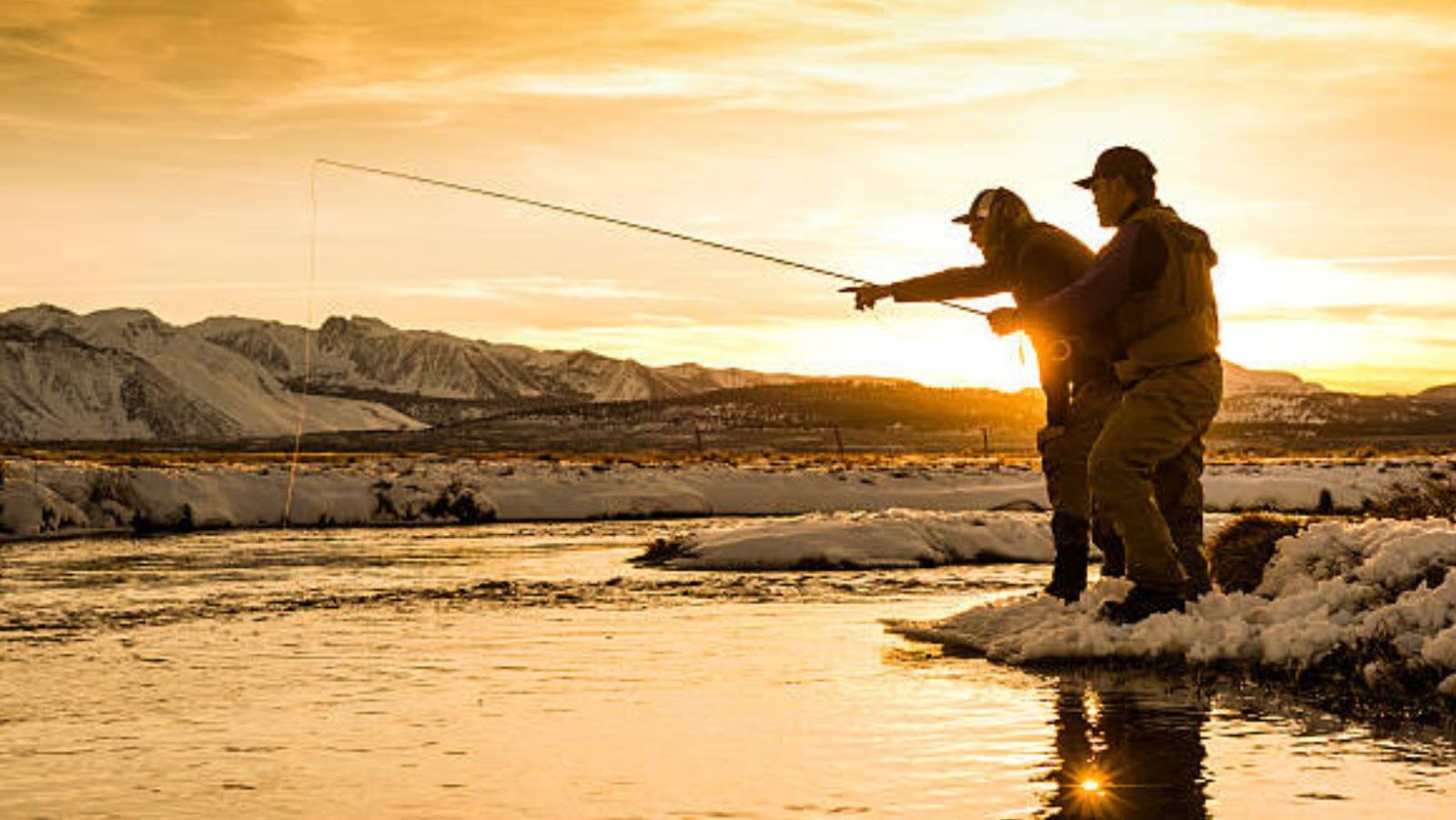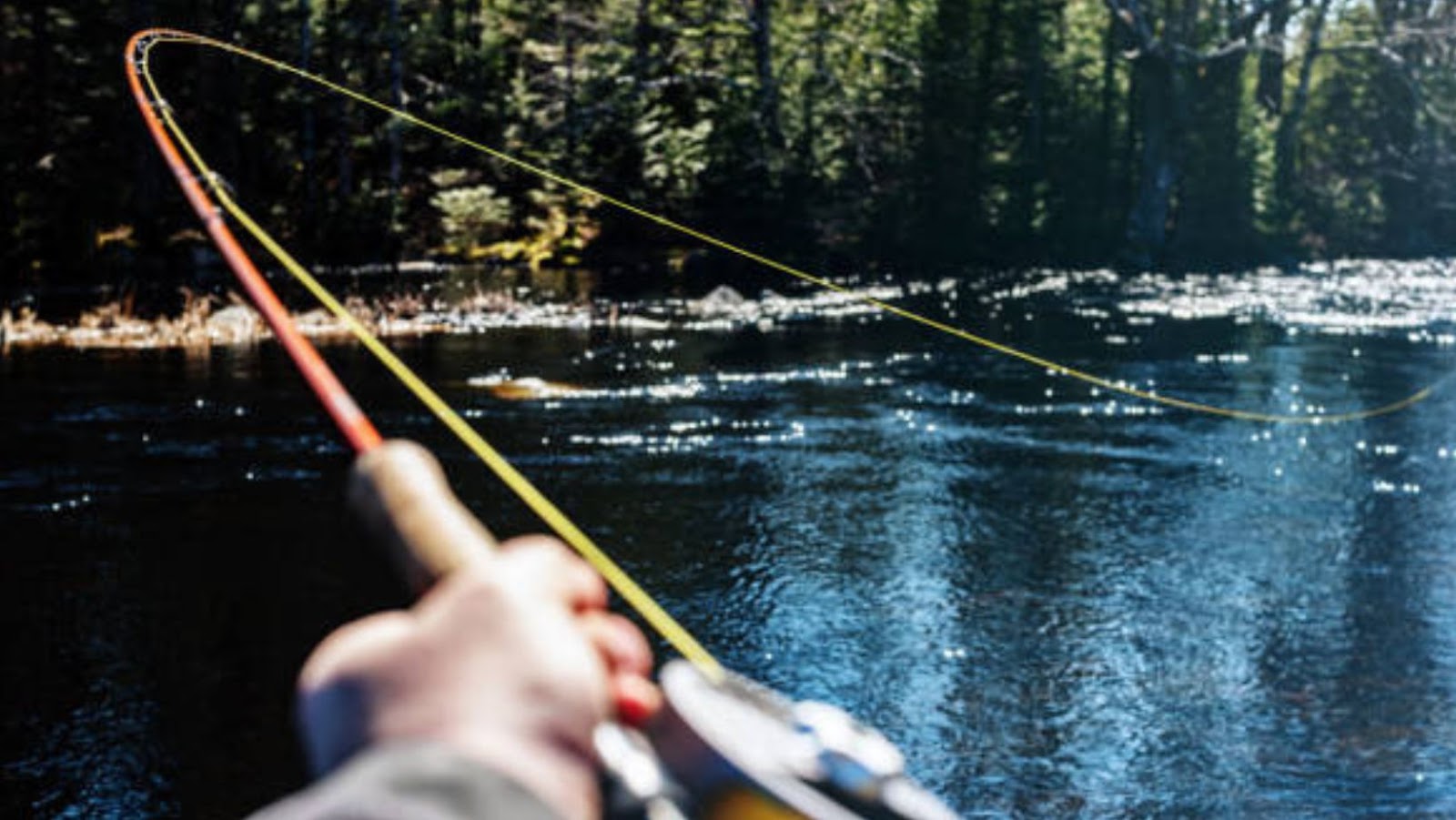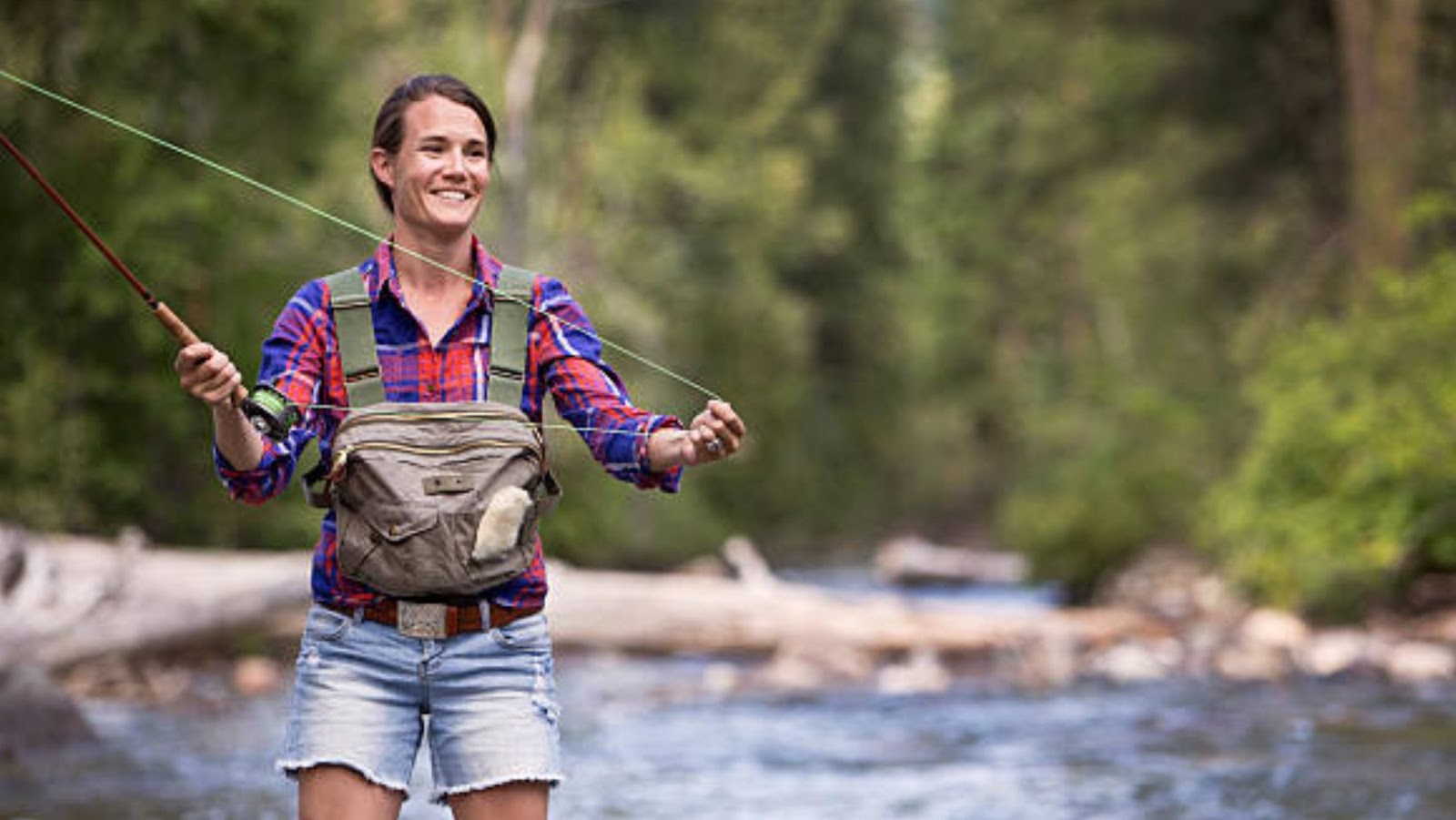As an avid angler, I’ve spent countless hours comparing the differences between fly fishing and regular fishing. While both are satisfying in their own right, there are some key distinctions that set these two popular fishing techniques apart.
One of the major differences between fly fishing and regular fishing is the gear used. Fly fishing typically requires more specialized equipment, such as a fly rod, fly reel, and unique fly fishing line. On the other hand, regular fishing gear is usually more straightforward, consisting of a fishing rod, reel, and suitable bait or lures.
Another key difference is the approach to casting. Fly fishing often involves more finesse and precision in casting the line, aiming for a specific target, and delicately presenting the fly. Regular fishing may involve a more straightforward cast and wait approach, where the bait or lure is cast out and left to drift or moved through the water until a fish takes the bait.
While both fly fishing and regular fishing have their own unique charms and challenges, it’s important to choose the right technique for the specific fishing situation and your personal style and preferences. Regardless of which technique you choose, the ultimate goal is the same: to connect with nature and enjoy the thrill of the catch.
Table of Contents
ToggleFly Fishing vs Regular Fishing
Fly fishing is more than just a fishing method. It is an art of presenting an artificial fly to trick the fish into biting. Fly fishing techniques require a different approach compared to regular fishing. Here are some important techniques used in fly fishing:
1. Casting
Casting is the most important technique used in fly fishing. In fly fishing, you need to cast the fly to the exact location where the fish is hiding. Unlike regular fishing, you need to use a different casting technique in fly fishing. The fly line is heavy, and the fly is light, so you need to use the weight of the line to cast the fly.
2. Types of Flies
Flies are the essential part of fly fishing. Flies imitate the natural food source of the fish and attract them towards the fly. There are different types of flies used in fly fishing. Dry flies are used when the fish are feeding on the surface of the water. Nymphs are used when the fish are feeding below the water surface.
3. Reading the Water
Reading the water is an essential technique used in fly fishing. You need to understand the behavior of the fish and their habitat. Fish are found in different parts of the water, such as riffles, pools, and runs. Riffles are shallow, fast-moving sections of the water, while pools are deeper and slower-moving sections.
4. Setting the Hook
Setting the hook is another crucial technique used in fly fishing. In regular fishing, you need to jerk the line to set the hook, but in fly fishing, you need to use a different technique. You need to use a quick, smooth tug to set the hook firmly.

5. Playing the Fish
Playing the fish is the most exciting part of fly fishing. When the fish bites the fly, you need to play it carefully without breaking the line. You need to use the bending power of the rod to tire the fish and bring it closer carefully.
In conclusion, fly fishing techniques require a particular skill set that differs from regular fishing. These techniques include casting, different types of flies, reading the water, setting the hook, and playing the fish. If you are new to fly fishing, it is essential to learn these techniques to become a successful fly fisherman.
Regular Fishing Techniques
In regular fishing, sometimes referred to as bait fishing, there are various techniques used to catch fish. Let’s take a closer look at some of them:
1. Bottom Fishing
Bottom fishing or still fishing involves casting a line with bait and weight at the bottom of the water, waiting for a bite, and reeling in the line. This technique can be used in freshwater or saltwater bodies and is known to be effective for catching bottom-dwelling fish such as catfish, bass, or trout.
2. Drift Fishing
Drift fishing is a technique where an angler moves in a slow boat or kayak while casting their baited line into the water, allowing it to drift along the current. This approach can be effective for catching fish that are moving with the current such as salmon, trout, or steelhead.
3. Trolling
Trolling is a technique used when fishing from a moving boat. The angler sets a baited line behind the boat and trolls at a steady speed to attract fish that are hunting for prey. Trolling is effective for catching larger fish such as tuna, marlin, or swordfish.
4. Fly-Lining
Fly-lining is a technique where the angler casts a baited line into the water without any additional weight, relying on the natural movement of the bait to attract fish. This technique is often used for catching surface-dwelling fish such as trout, bass, or bluegill.

In conclusion, regular fishing techniques vary depending on the type of water, fish, and location. Anglers can choose from different methods and adjust their approach based on their preferred fish and desired outcome. While fly fishing focuses on the art of casting, regular fishing could be less complicated and easier, making it more approachable for beginners.
When it comes to fishing, there are two popular methods – fly fishing and regular fishing. Both have their pros and cons, and it ultimately comes down to personal preference. In this section, I’ll discuss the advantages and disadvantages of fly fishing vs regular fishing.
Advantages of Fly Fishing:
- Precision casting: Fly fishing requires the angler to cast the fly with precision, which can lead to a more accurate presentation of the lure to the fish. This can result in a higher chance of catching fish.
- Lightweight gear: Fly fishing gear is typically lighter in weight than regular fishing gear, making it easier to carry and maneuver around the water.
- Artistic: Many anglers find that fly fishing is an art form due to the intricacies of tying flies, casting techniques, and the overall beauty of the sport.
Disadvantages of Fly Fishing:
- Cost: Fly fishing gear can be more expensive than regular fishing gear, with high-end rods and reels costing thousands of dollars.
- Learning curve: Fly fishing can be more challenging to learn due to its casting techniques and the need to tie flies.
- Limited range: The length of fly fishing rods can limit the range of casting, making it difficult to reach deeper waters or cast further distances.
Advantages of Regular Fishing:
- Versatility: Regular fishing gear can be used for a variety of fishing techniques, including bottom fishing, trolling, spinning, and more.
- Accessibility: Regular fishing is available in most bodies of water, including lakes, rivers, and oceans.
- Cost-effective: Regular fishing gear can be less expensive than fly fishing gear, with many options for budget-friendly equipment.
Disadvantages of Regular Fishing:
- Heavy gear: Regular fishing gear can be heavier than fly fishing gear, making it more challenging to carry around the water.
- Lack of finesse: Regular fishing techniques are generally less finesse-based, which can result in a lower chance of catching certain types of fish.
- Limited presentation: The presentation of lures when regular fishing can be limited to the types of lures and baits available, potentially reducing the chances of catching fish.
In conclusion, both fly fishing and regular fishing have their advantages and disadvantages. Choosing between the two ultimately comes down to individual preferences, fishing skills, and the types of fish being targeted.





